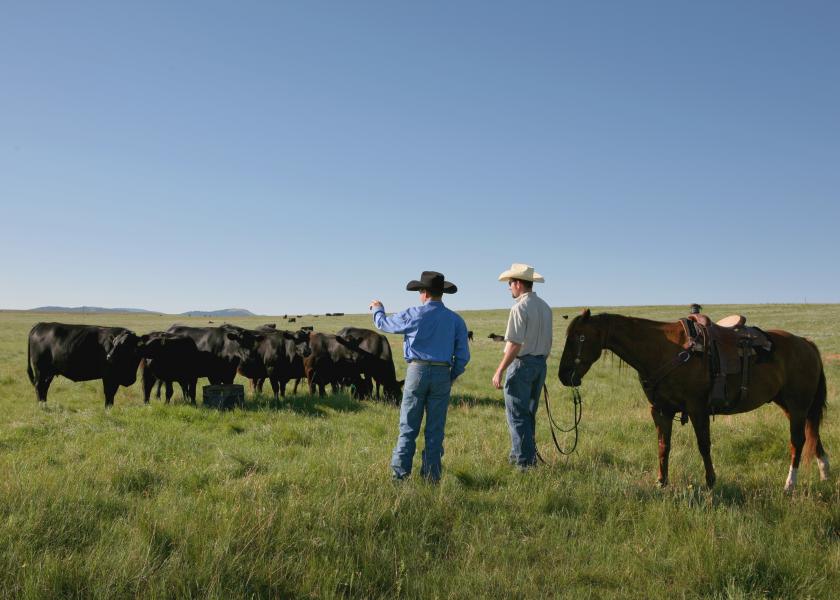Overcoming Feed Costs in Ruminants

By Dr. Jeff Hill, Product Manager and Ruminant Nutritionist for Ralco
Four factors must be considered to determine if a feed additive should be used: anticipated response, economic return, available research, and field responses. There are many challenges facing beef producers in today’s business environment and though some cannot be controlled (like weather and markets) many can. While many options improve or mediate some of these impacts there is usually limited financial resources to economically address these challenges. Therefore, decisions to spend money to manage challenges are never taken lightly.
Identifying the Costs
In a typical cow/calf operation feed cost make up most of the annual cow costs and the vast majority of that is in forage whether grazed or harvested. Improving the ruminant’s ability to sequester every available nutrient from the diet will only reduce the annual cow cost. The ruminant holds a unique position among farm animals as they utilize cellulose, the most abundant form of carbohydrates on the planet, which other production animals (poultry and swine) cannot. Therefore, technologies that enhance the ruminant’s ability to utilize this relatively cheap and abundant source of fuel is a great benefit to the bottom line.
Understanding the Rumen
Rumen digestion is much more than mechanical breakdown. It is a complex mix of microbes that break down forage in a step-by-step process. The oxygen free environment in the rumen allows for fermentation of the feed, converting it into energy such as volatile fatty acids. Each microbe plays a distinct role in the release of energy from the forage in the rumen. Some microbes are able to break down the hard-woody components of the mat, and other microbes break down the simple sugars. This is all made possible through enzyme production. Enzymes digest about 30-50% of the fiber in the rumen. However, the animal itself lacks most of the critical enzymes needed in breaking down forages. Fortunately, the critical fibrolytic enzymes, such as cellulase, are produced by microbes present in the rumen. Anaerobic fungi penetrate the thick plant cuticle, allowing access to other microbes to enter and produce hydrolytic enzymes to further breakdown the different components of the forage. Bottomline, the richer the microbial populations in the rumen, the more diverse the enzymes being produced will be, resulting in more complete degradation of the forage that enters the rumen.
Innovating the Rumen
Ralco was founded 50 years ago on a proprietary and patented product now referred to as Microbial Catalyst. As the name implies, the product enhances the enzymatic activity of the native microbial population in the rumen resulting in better forage utilization and ultimately better animal performance. Multiple university studies support the following results from cows fed Microbial Catalyst: increased rate of forage digestibility, increased forage intake, increased volatile fatty acid concentration which has been shown in research studies to improve body condition scores in cows, average daily gain in stockers, and enhanced reproductive parameters.
Evolving the Rumen
In an effort to continuously improve fiber digestibility for beef and dairy producers, multiple other components alone and in combination with Microbial Catalyst have been evaluated to further enhance digestion and extraction of nutrients from forage-based diets. As a result, Catyl-Zyme™ evolved as a novel nutritional supplement for ruminants that combined the known benefits of patented Microbial Catalyst with a unique yeast culture. Recent research shows feeding Catyl-Zyme reduces feed costs by allowing for more forage in the ration to achieve similar results to other yeast products due to increasing ruminal bacteria concentrations. The data taken all together clearly shows improvement in rumen function and development.
This new feed additive is now the foundation of Ralco’s new line of cow/calf mineral, Summit.
To learn more about Summit, visit https://bit.ly/3yfWHZY







